-
 Bitcoin
Bitcoin $107,467.9126
1.26% -
 Ethereum
Ethereum $2,447.5288
-0.12% -
 Tether USDt
Tether USDt $1.0005
0.00% -
 XRP
XRP $2.1921
0.13% -
 BNB
BNB $647.2897
0.50% -
 Solana
Solana $144.8627
-0.37% -
 USDC
USDC $0.9996
-0.03% -
 TRON
TRON $0.2732
0.10% -
 Dogecoin
Dogecoin $0.1652
-0.18% -
 Cardano
Cardano $0.5700
-2.87% -
 Hyperliquid
Hyperliquid $37.0274
-1.81% -
 Bitcoin Cash
Bitcoin Cash $484.6957
0.19% -
 Sui
Sui $2.7354
-2.19% -
 Chainlink
Chainlink $13.1727
-1.49% -
 UNUS SED LEO
UNUS SED LEO $8.9978
-0.04% -
 Stellar
Stellar $0.2421
-2.33% -
 Avalanche
Avalanche $17.5633
-3.51% -
 Toncoin
Toncoin $2.8476
-1.94% -
 Shiba Inu
Shiba Inu $0.0...01166
-0.56% -
 Litecoin
Litecoin $85.1071
0.09% -
 Hedera
Hedera $0.1502
-2.96% -
 Monero
Monero $310.2774
-1.64% -
 Dai
Dai $0.9999
-0.01% -
 Polkadot
Polkadot $3.3584
-1.88% -
 Ethena USDe
Ethena USDe $1.0003
-0.04% -
 Bitget Token
Bitget Token $4.4443
2.90% -
 Pi
Pi $0.6242
14.04% -
 Uniswap
Uniswap $6.9774
-2.86% -
 Pepe
Pepe $0.0...09535
-5.05% -
 Aave
Aave $256.7574
-3.35%
Is it a short-term buying point when the shrinking volume pulls back to the lower track of the Bollinger band?
Shrinking volume near the lower Bollinger Band in crypto may signal a short-term buying opportunity, especially when combined with bullish candlestick patterns and confirmed by tools like RSI or moving averages.
Jun 25, 2025 at 10:49 pm
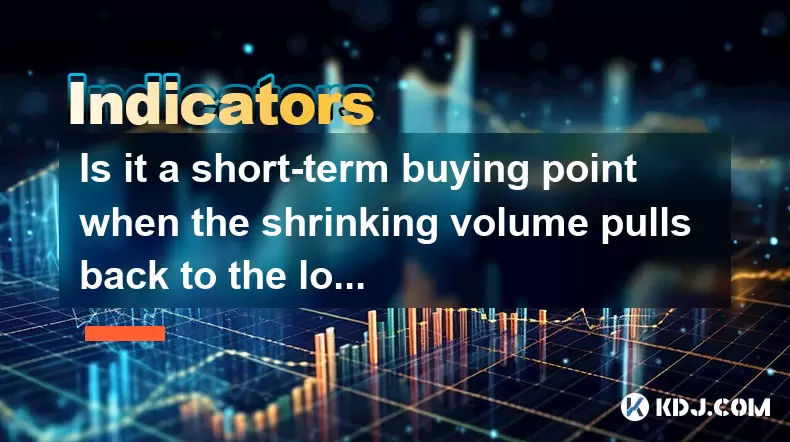
Understanding the Bollinger Bands and Their Role in Cryptocurrency Trading
Bollinger Bands are a popular technical analysis tool used by traders to assess price volatility and potential reversal points. They consist of three lines: a simple moving average (SMA) in the middle, and two outer bands that represent standard deviations above and below the SMA. In cryptocurrency markets, where volatility is high, Bollinger Bands help identify overbought or oversold conditions.
When the price approaches the lower Bollinger Band, it often signals that the asset may be oversold. However, this alone does not guarantee a reversal. Traders look for additional confirmation, such as volume contraction or other indicators aligning with the signal, to increase the probability of a successful trade.
What Does Shrinking Volume Indicate in Crypto Markets?
Volume plays a crucial role in confirming price action. When volume starts to shrink during a pullback, it can suggest that selling pressure is decreasing. This could mean that the downtrend is losing momentum, potentially leading to a short-term bounce.
In the context of cryptocurrency trading, shrinking volume near the lower Bollinger Band might indicate that bears are stepping back and bulls could be preparing to take control. However, it's essential to avoid making decisions based solely on volume decline; instead, combine this observation with other tools like moving averages or RSI for more reliable insights.
Analyzing the Confluence Between Volume and Bollinger Bands
The combination of shrinking volume and price touching the lower Bollinger Band creates what some traders refer to as a "confluence zone." This area suggests that both volatility and selling pressure are declining, possibly signaling a short-term buying opportunity.
To analyze this confluence effectively:
- Confirm that the price is approaching or has touched the lower Bollinger Band
- Observe whether volume bars on the chart are noticeably smaller than previous candles
- Look for candlestick patterns like hammer or bullish engulfing near the band
This setup doesn't guarantee success but increases the likelihood of a positive move if multiple indicators align.
How to Structure a Trade Entry Using This Strategy
For traders considering a short-term buy under this scenario, precise entry and risk management are key. Here's how to structure your trade:
- Wait for the price to touch or slightly breach the lower Bollinger Band
- Ensure that the corresponding candle shows reduced volume
- Use a limit order just above the low of the candle that touched the band
- Place a stop-loss slightly below the recent swing low to manage risk
- Set a take-profit level at the middle Bollinger Band or use a trailing stop
It's also helpful to monitor the 20-period SMA (which is typically the centerline of Bollinger Bands) for dynamic support or resistance levels. If the price bounces off this line after the pullback, it adds further validity to the trade.
Common Pitfalls to Avoid in This Scenario
Traders must be cautious when interpreting this pattern. Not every touch of the lower Bollinger Band combined with shrinking volume results in a profitable trade. Some common mistakes include:
- Entering too early before the volume clearly contracts
- Ignoring broader market sentiment or news events affecting the crypto market
- Failing to set proper stop-loss levels, leading to larger-than-expected losses
- Overleveraging due to false confidence in the pattern
Additionally, using Bollinger Bands with default settings (typically 20-period SMA and 2 standard deviations) may not always suit fast-moving crypto assets. Consider adjusting the parameters based on the specific volatility profile of the coin you're trading.
Frequently Asked Questions
- Can I rely solely on Bollinger Bands and volume for trading decisions?
While these tools provide valuable insight, relying solely on them can lead to missed opportunities or false signals. It’s best to use them alongside other indicators like RSI, MACD, or Fibonacci retracement levels.
Does this strategy work across all cryptocurrencies?
This strategy works better on more liquid and volatile coins like Bitcoin or Ethereum. Less traded altcoins may produce erratic signals due to inconsistent volume and price behavior. How do I adjust Bollinger Bands for different crypto assets?
You can tweak the period length and standard deviation multiplier. For example, increasing the period to 25 or 30 may smooth out the bands for more stable assets, while reducing it to 15 may capture quicker moves in highly volatile tokens. Is this considered a breakout or reversal strategy?
This setup leans more toward a reversal strategy rather than a breakout. It aims to catch a bounce from the lower band rather than joining a strong trend breaking out of the bands. Disclaimer:info@kdj.com
The information provided is not trading advice. kdj.com does not assume any responsibility for any investments made based on the information provided in this article. Cryptocurrencies are highly volatile and it is highly recommended that you invest with caution after thorough research!
If you believe that the content used on this website infringes your copyright, please contact us immediately (info@kdj.com) and we will delete it promptly.
- BNB Price Check: Can Binance Coin Reserves Fuel a Rally to $800?
- 2025-06-26 20:25:12
- PEPD, Memes, and Ethereum: A New Era of Meme Utility?
- 2025-06-26 20:25:12
- DOGE, BlockDAG, and Coin Airdrops: The New Wave of Crypto Opportunities
- 2025-06-26 18:45:12
- Neo Pepe and the Crypto Presales Popping in June 2025
- 2025-06-26 18:45:12
- Bitcoin, DeFi Tokens, and Relist Moves: What's Hot in Crypto Right Now
- 2025-06-26 18:30:11
- Binance, Bitcoin, and Altcoins: Navigating the Crypto Landscape
- 2025-06-26 19:05:12
Related knowledge
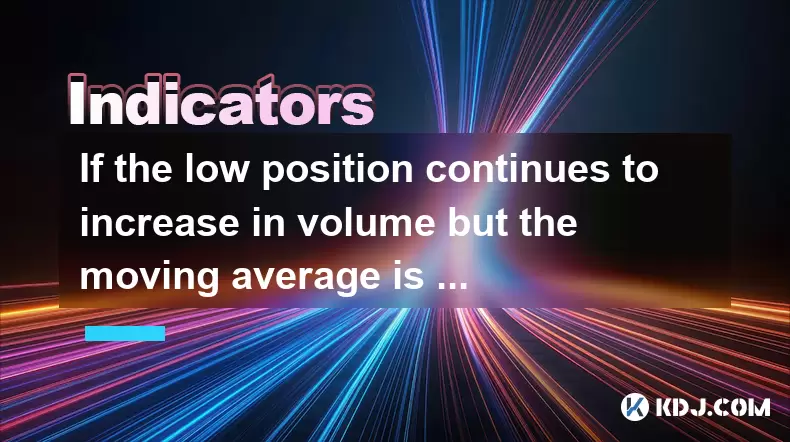
If the low position continues to increase in volume but the moving average is still short, should we wait and see?
Jun 26,2025 at 08:07pm
Understanding the Scenario: Low Position with Increasing VolumeIn the cryptocurrency market, traders often encounter situations where a particular asset is trading at a relatively low price level (referred to as a 'low position'), yet there is a noticeable increase in trading volume. This phenomenon can be confusing because it suggests that more market ...
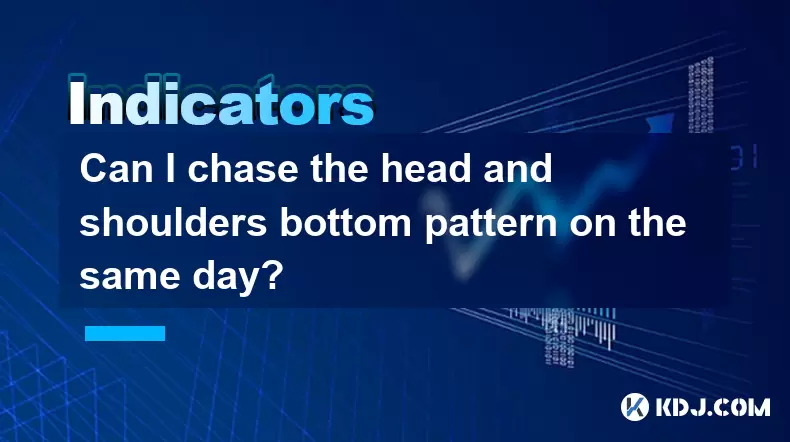
Can I chase the head and shoulders bottom pattern on the same day?
Jun 26,2025 at 06:14pm
Understanding the Head and Shoulders Bottom Pattern in Cryptocurrency TradingThe head and shoulders bottom pattern, also known as the inverse head and shoulders, is a reversal chart pattern commonly observed in cryptocurrency price charts. It signals a potential shift from a downtrend to an uptrend. The structure consists of three distinct lows: the lef...
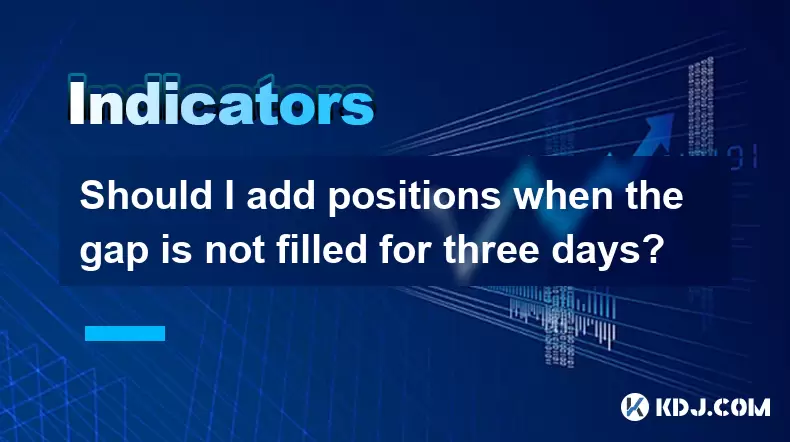
Should I add positions when the gap is not filled for three days?
Jun 26,2025 at 07:49pm
Understanding the Concept of Gaps in Cryptocurrency TradingIn cryptocurrency trading, a gap occurs when the price of an asset opens significantly higher or lower than its previous closing price, with no trading activity taking place in between. This phenomenon is common due to the 24/7 nature of crypto markets and external events such as news releases, ...
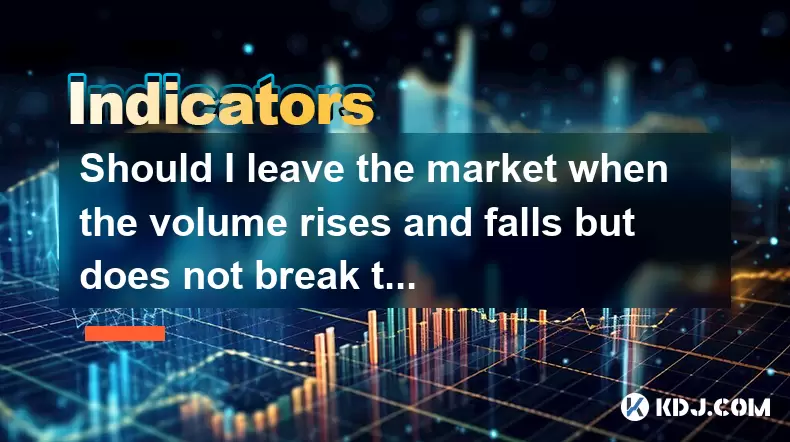
Should I leave the market when the volume rises and falls but does not break the 5-day line?
Jun 26,2025 at 06:08pm
Understanding Market Volume and the 5-Day Moving AverageWhen traders talk about market volume, they're referring to the total number of shares or contracts traded during a specific period. In cryptocurrency trading, volume plays a crucial role in confirming trends and predicting potential reversals. The 5-day moving average (5DMA) is a short-term indica...
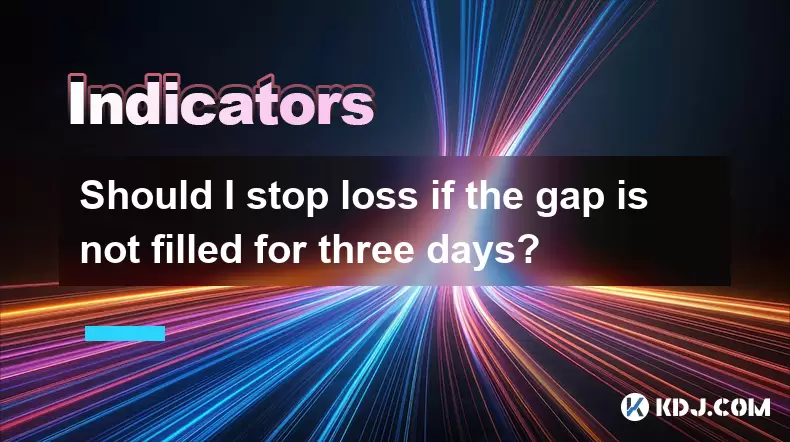
Should I stop loss if the gap is not filled for three days?
Jun 26,2025 at 06:35pm
Understanding Gaps in Cryptocurrency TradingIn cryptocurrency trading, gaps refer to areas on a price chart where the asset's price jumps from one level to another without any trading occurring at the intermediate levels. These gaps can appear due to sudden market movements, often influenced by news events, macroeconomic data releases, or shifts in inve...
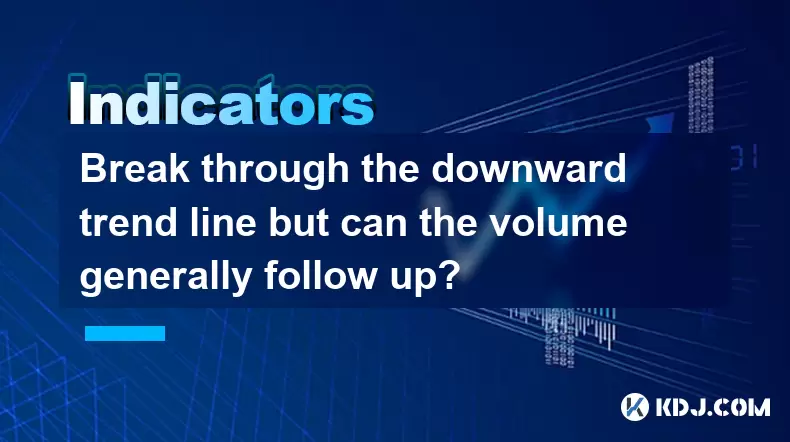
Break through the downward trend line but can the volume generally follow up?
Jun 26,2025 at 05:28pm
Understanding the Significance of Breaking a Downward Trend LineIn technical analysis, a downward trend line represents a resistance level formed by connecting two or more high points in price action. When the price breaks above this line, it suggests that the selling pressure may be weakening and that buyers are gaining control. This is often seen as a...

If the low position continues to increase in volume but the moving average is still short, should we wait and see?
Jun 26,2025 at 08:07pm
Understanding the Scenario: Low Position with Increasing VolumeIn the cryptocurrency market, traders often encounter situations where a particular asset is trading at a relatively low price level (referred to as a 'low position'), yet there is a noticeable increase in trading volume. This phenomenon can be confusing because it suggests that more market ...

Can I chase the head and shoulders bottom pattern on the same day?
Jun 26,2025 at 06:14pm
Understanding the Head and Shoulders Bottom Pattern in Cryptocurrency TradingThe head and shoulders bottom pattern, also known as the inverse head and shoulders, is a reversal chart pattern commonly observed in cryptocurrency price charts. It signals a potential shift from a downtrend to an uptrend. The structure consists of three distinct lows: the lef...

Should I add positions when the gap is not filled for three days?
Jun 26,2025 at 07:49pm
Understanding the Concept of Gaps in Cryptocurrency TradingIn cryptocurrency trading, a gap occurs when the price of an asset opens significantly higher or lower than its previous closing price, with no trading activity taking place in between. This phenomenon is common due to the 24/7 nature of crypto markets and external events such as news releases, ...

Should I leave the market when the volume rises and falls but does not break the 5-day line?
Jun 26,2025 at 06:08pm
Understanding Market Volume and the 5-Day Moving AverageWhen traders talk about market volume, they're referring to the total number of shares or contracts traded during a specific period. In cryptocurrency trading, volume plays a crucial role in confirming trends and predicting potential reversals. The 5-day moving average (5DMA) is a short-term indica...

Should I stop loss if the gap is not filled for three days?
Jun 26,2025 at 06:35pm
Understanding Gaps in Cryptocurrency TradingIn cryptocurrency trading, gaps refer to areas on a price chart where the asset's price jumps from one level to another without any trading occurring at the intermediate levels. These gaps can appear due to sudden market movements, often influenced by news events, macroeconomic data releases, or shifts in inve...

Break through the downward trend line but can the volume generally follow up?
Jun 26,2025 at 05:28pm
Understanding the Significance of Breaking a Downward Trend LineIn technical analysis, a downward trend line represents a resistance level formed by connecting two or more high points in price action. When the price breaks above this line, it suggests that the selling pressure may be weakening and that buyers are gaining control. This is often seen as a...
See all articles
























































































